The spike in inflation and movement away from COVID restrictions marked the beginning of the end of the white-hot housing market. At the end of 2021, inflation began to rise, and the economy became less reliant on the easy monetary policy the Fed implemented to incentivize spending. This time last year, interest rates were near all-time lows, so whether you were a company issuing debt or a homebuyer taking out a loan, the inflation-adjusted cost of financing was next to nothing. From 2000 to 2020, inflation averaged around 2.1% within a tight range. Even if you lived through the highest inflationary period in U.S. history during the 1970s, it’s very unlikely that you can relate to that period now after decades of low inflation. Along with the day-to-day added costs of inflation, the stock market, which is often the largest store of liquid wealth, felt the pain of inflation and economic uncertainty in 2022, now down about 18% on the year as of the end of October.
From February 19, 2020 (the pre-pandemic S&P 500 peak), to January 3, 2022 (the current peak), the S&P 500 grew 42%. If you happened to be an exceptional (read: lucky) market timer and bought the S&P 500 during the early COVID dip on March 23, 2020, then your investment would have been up 114% through January 3, 2022. All this to say, the equity markets boomed in 2020 and 2021, which is a natural byproduct of having more money with less to spend it on. If you didn’t buy a house last year at a historically low interest rate or didn’t take some profits in your financial portfolio at the beginning of last year, you may be (or, at least, feel) less wealthy. The idea is pretty straightforward: When you feel richer, you spend more, and vice versa. People, in general, are not great at looking far into the future or the past, so when conditions quickly change, it’s noticeable. Because economic conditions are moving less favorably, the pain of what we lost out on is experienced more strongly. (This is something called “loss aversion bias.”)
Just about every economic indicator points to a slowdown in home sales, which is exactly what’s been happening. We can attribute the slowdown to three main factors: the Fed implementing tighter monetary policy (higher interest rates and no longer purchasing Mortgage Backed Securities), mean reversion, and seasonality.
The Fed doesn’t have many tools to fight inflation, so they’ve been using the one they have, which is raising the effective federal funds rate (EFFR), which indirectly affects the rest of the financial markets. The Fed has increased the EFFR 3% this year to 3.08% — its highest level since 2008 — in an effort to combat inflation. The average 30-year mortgage rate has more than doubled in 2022, moving from 3.11% to 7.08% by the end of October 2022, which marks a 20-year high. If you financed a home at any point last year and had good credit, your mortgage rate was probably around 3%, which means that if you had gotten the same loan at 7%, your monthly payment would be 58% more expensive. Said differently, if you could afford a $500,000 home last year, you can only afford a $350,000 home now.
Mean reversion, which is the idea that over the long term, prices will tend to converge around the mean (average), can also apply to home sales. Homes aren’t bought and sold over and over in short time frames. The number of sales in 2021 was nearly 800,000 higher than the 10-year average, so it stands to reason that sales in 2022 would drop by around that much, especially considering the less favorable market conditions. We can finally say that the market is cooling, but after the hottest two years since the mid-2000s, cooling indicates a healthier market.
Lastly, the housing market has seasonal trends during which home prices and inventory generally rise in the first half of the year and fall in the second half. We can ascribe some causality for the drop in inventory and prices to seasonality, even though other factors are at play.
The U.S. housing market has certainly shifted over the past several months, and although we hate to sound doom and gloom, we must recognize the current conditions homebuyers and sellers face. So is this the new normal? It’s looking very likely. Of course, different regions vary from the broad national trends. Take a look below at the Local Lowdown for in-depth coverage of your area. As always, we will continue to monitor the housing and economic markets to best guide you in buying or selling your home.
Big Story Data
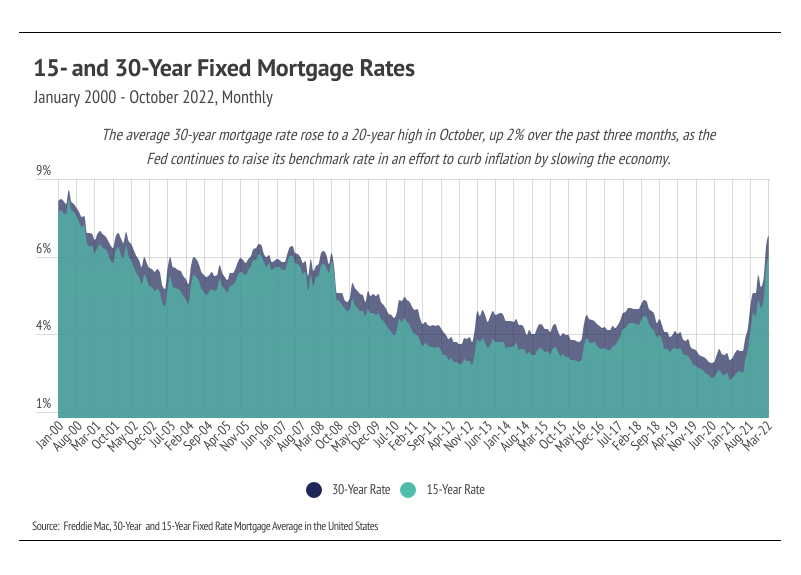
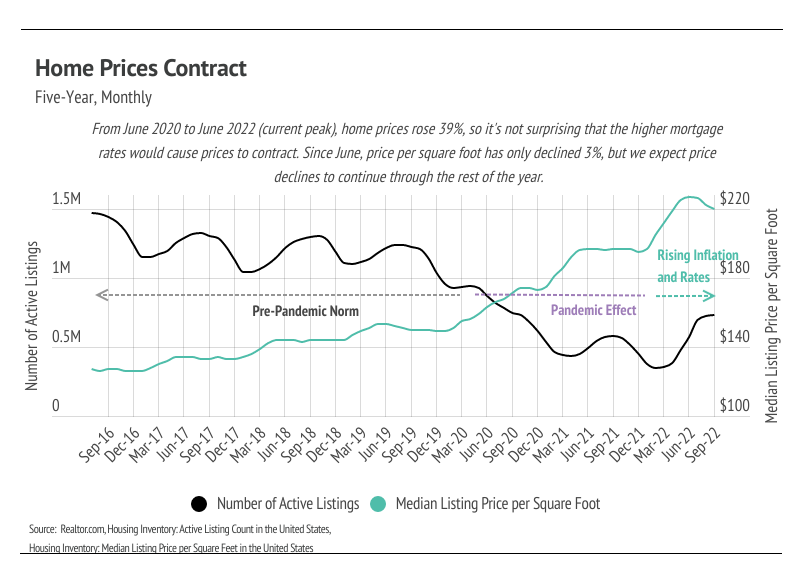
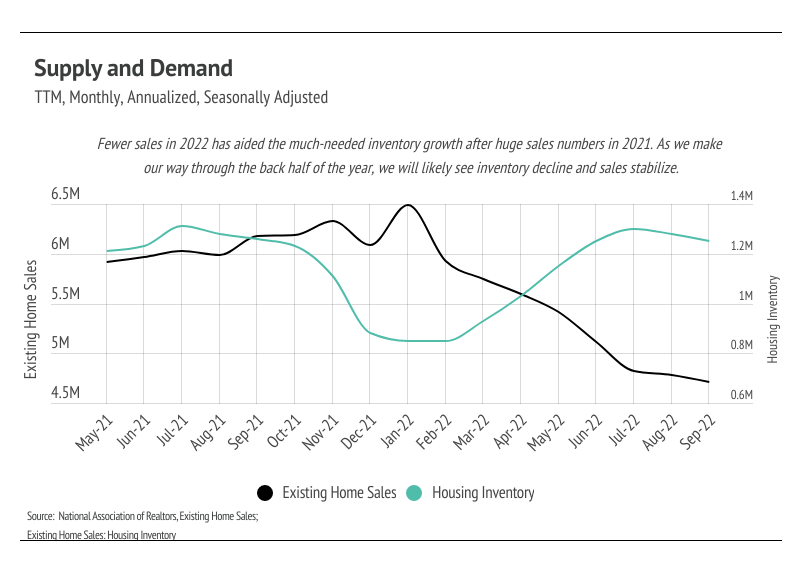
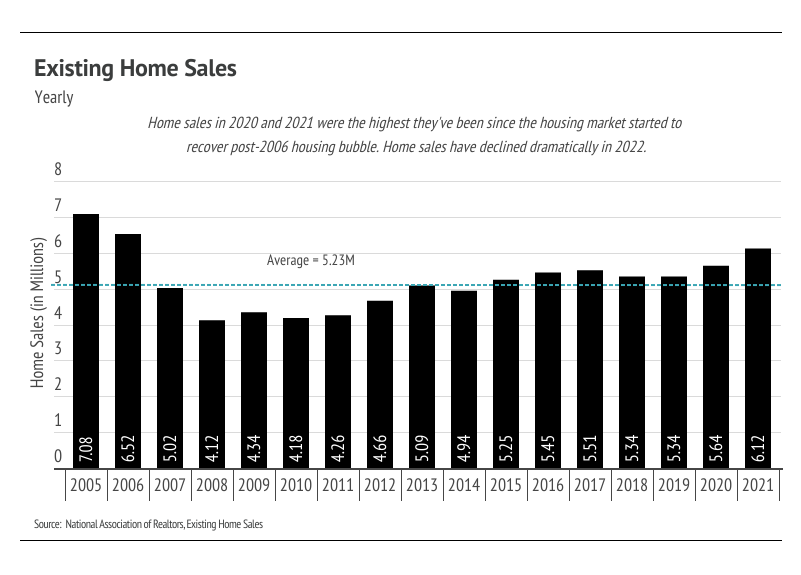
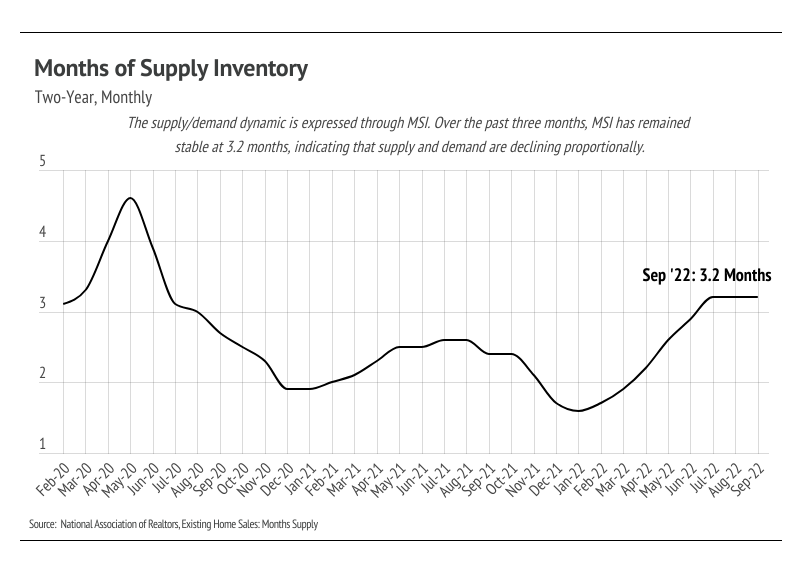
Our team is committed to continuing to serve all your real estate needs while incorporating safety protocol to protect all of our loved ones.
In addition, as your local real estate experts, we feel it’s our duty to give you, our valued client, all the information you need to better understand our local real estate market. Whether you’re buying or selling, we want to make sure you have the best, most pertinent information, so we put together this monthly analysis breaking down specifics about the market.
As we all navigate this together, please don’t hesitate to
reach out to us with any questions or concerns. We’re here to support you.







